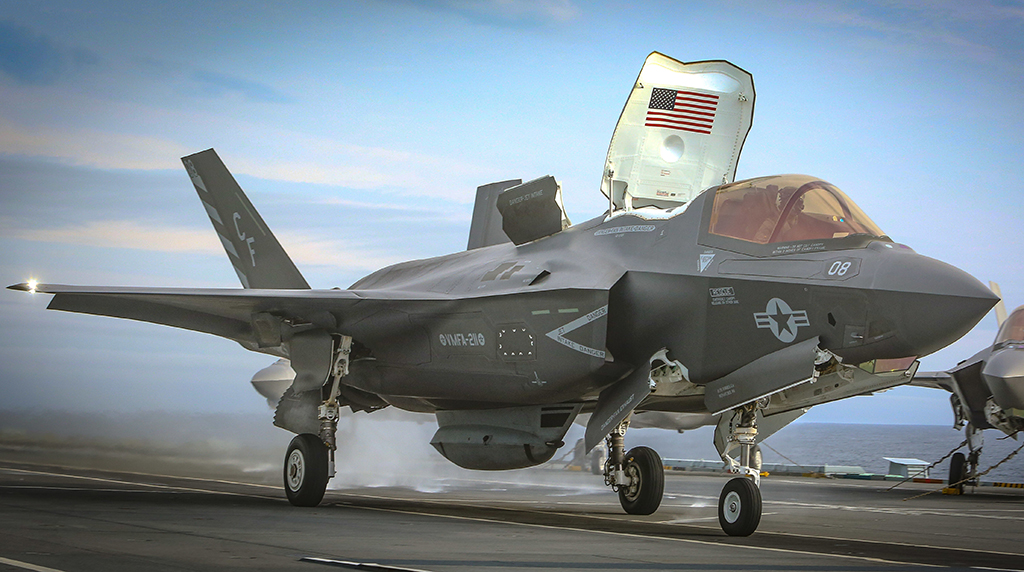Do you remember the famous mishap to a USMC F-35B damaged by the explosion of an ammunition round leaving its gun pod? It’s no longer a Class A mishap….
A U.S. Marine Corps F-35B made the news at the end of last month, when it was damaged by the explosion of a PGU-32/U Semi-Armor Piercing High Explosive Incendiary-Tracer (SAPHEI-T) 25mm round that had just left the fighter’s GAU-22 gun hosted in a GPU-9/A pod, flying a night CAS (Close Air Support) mission on Mar. 12, 2021.
The USMC F-35B, operated by VMX-1, the U.S. Marine Corps’ test and evaluation squadron based at MCAS (Marine Corps Air Station) Yuma, Arizona, was operating over the Yuma Range Complex, when SAPHEI-T round exploded after leaving the gun pod (often referred to as “GAU-22 pod” only, instead of GPU-9/A) the aircraft carries under the fuselage. The aircraft landed safely and no one was injured.
As most of our readers will probably remember, the episode made the news and generated a lot of comments (and some laughable headlines), mostly because the mishap was initially given the most severe classification, Class A, meaning a damage of at least 2.5M USD or the loss of the airframe.
However, that was the preliminary classification as the subsequent investigation, along with the search for the root cause of the incident (that has not been unveiled), assessed the exact level of damage the aircraft sustained. And, remarkably, as reported by Military.com, the mishap is no longer a Class A, but has been downgraded to a far less serious Class C.
According to the Naval Safety Center, Class C mishaps are those where total damage sustained by the aircraft ranges between 60K and 600K USD. While no additional detail about the mishap has emerged, the new classification seems to suggest a pretty limited damage to the aircraft or the GPU-9/A pod only.
Dealing with the latter, here’s what I wrote about this system, used by the STOVL (Short Take Off Vertical Landing) and CV (Carrier Variant) versions of the F-35 (the remaining one, the “A”, uses an internal GAU-22 gun).
The F-35B’s General Dynamics GAU-22 25mm uses a unique four-barrel configuration that was developed from the highly successful five-barrel, 25mm GAU-12/U gun also built by General Dynamics.
As often highlighted, although the GAU-22 gun pod was designed with LO (Low Observability) characteristics, the external pod unit degrades the F-35B’s radar cross section making the 5th generation aircraft more visibile to radars. Still, this is acceptable (as it is for the non-stealthy AV-8B Harrier jets they will replace) for the scenarios where the U.S. Marine Corps F-35B jets are called to carry out CAS missions (read here about the so-called “third day of war” configuration) in permissive airspace.













